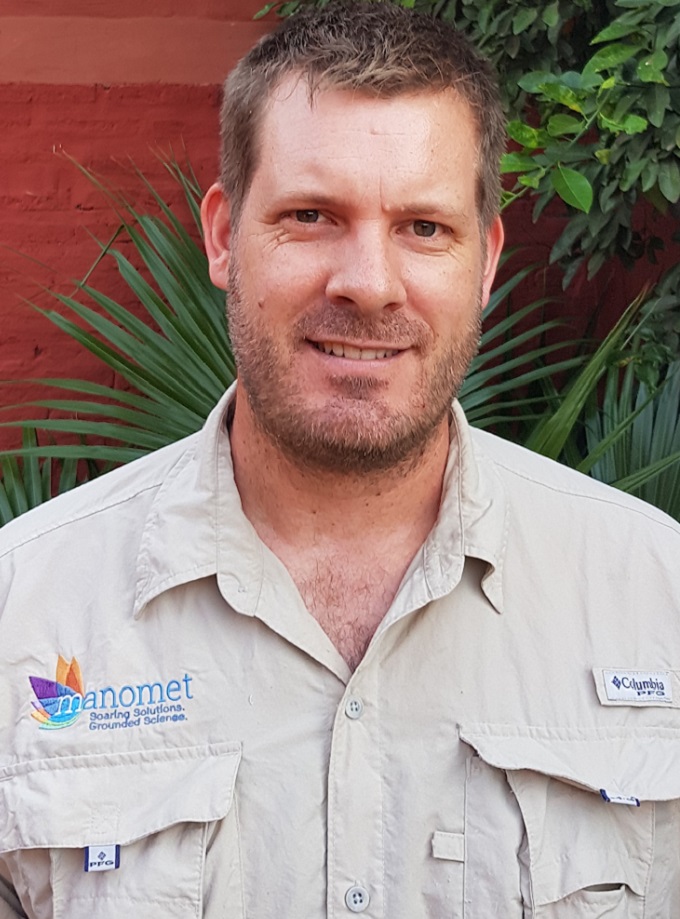How do we know if a species is in decline, or if an important site is threatened?
Monitoring—long-term, repeated data collection—is the foundation for managing and understanding species and the sites they depend upon. With this in mind, for the past three years, Manomet, through the WHSRN Executive Office, has overseen coordination of the Central American Waterbird Census. This census, launched in July 2011, is a regional component of the International Waterbird Census, coordinated globally by Wetlands International since 1967. The Central American Census was started by the Waterbird Conservation Council (in collaboration with Wetlands International and BirdLife International) in response to a gap in geographic coverage of regular waterbird monitoring and the interest of Environment Canada and the US Fish and Wildlife Service to better understand the current status and distribution of North American-breeding migrants in the region.
A volunteer-based monitoring system, the Central American Waterbird Census is led in each country by a national coordinating institution, with regional coordination provided by BirdLife International (2011-2015), Fundación SalvaNATURA (2016), and Manomet (2017-19). The census is undertaken annually between 15 January and 15 February, though participants are encouraged to also survey in July. In addition to monitoring waterbirds and wetlands, the census provides a great opportunity to build capacity and raise awareness regarding the importance of wetlands for birds and people alike.





 Back to all
Back to all

